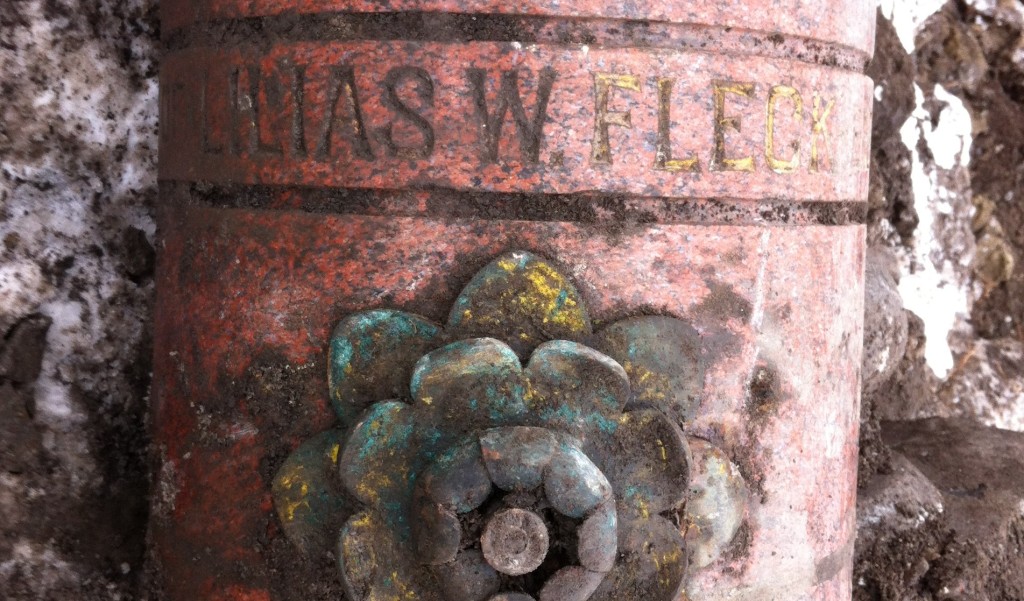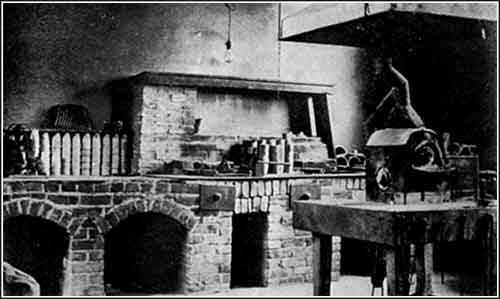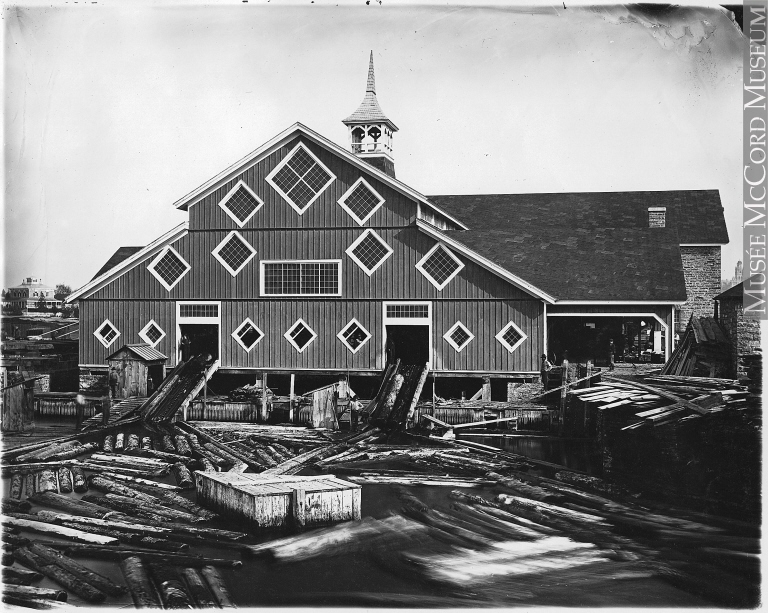Lilias W. Fleck Commemorative Fountain
In February 2014, several fragments of a stone water fountain dedicated to the memory of Lilias W. Fleck were discovered during the course of soil remediation work in LeBreton Flats. Given the unique nature of the monument, as well as the prominence of the Flecks and several linked families to the development of the City of Ottawa during the late-19th and early-20th centuries, staff with the National Capital Commission retained Past Recovery to research the historical context and significance of the Lilias W. Fleck fountain, and to make recommendations with respect to the possible conservation, restoration and re-installation of the fountain at an appropriate location.
The results of the research undertaken to date provide substantive clues as to the original location of the fountain, the use for which it was designed, as well as the historical context of fountains of this type in Ottawa at the time.


Gold Mining in Eastern Ontario
In 2013, Past Recovery was retained by Ontario’s Highlands Tourism Organization to undertake initial historical research into the more prominent gold mines of eastern Ontario in order to provide an overview of late-19th and early-20th century gold mining in the region. This work is to provide a basis from which a driving tour of the mining sites can be compiled, and basic facts related to individual mine sites for developing information pamphlets or sessions.
The report provided a general overview of gold mining in the region from the end of the 19th century into the 20th, as well as information on individual mines including their location, geological context, history, amount of gold produced (when possible) and current remains where known.
Chaudière and Albert Islands
In 2013, Past Recovery was retained by Windmill Development Group, Ltd. to complete a detailed property history evaluation of Chaudière and Albert islands in the Ottawa River to aid with site-appropriate development issues.
Chaudière and Albert Islands likely emerged and saw human occupation and/or use after the Ottawa River receded to its present course in the early Archaic Period. This seems particularly likely given the reverence held towards the Chaudière Falls by First Nations peoples and the presence of documented pre- and post-Contact portage routes, campsites and burials in the vicinity. Intense industrial development occurred on the islands in the mid- to late-19th century, including some of the largest sawmills in North America at that time. Ancillary residential and commercial structures formed part of this community. After a fire in 1900, much of the study area was amalgamated under the J.R. Booth company and continued to be used throughout the 20th century by the pulp and paper industry.

